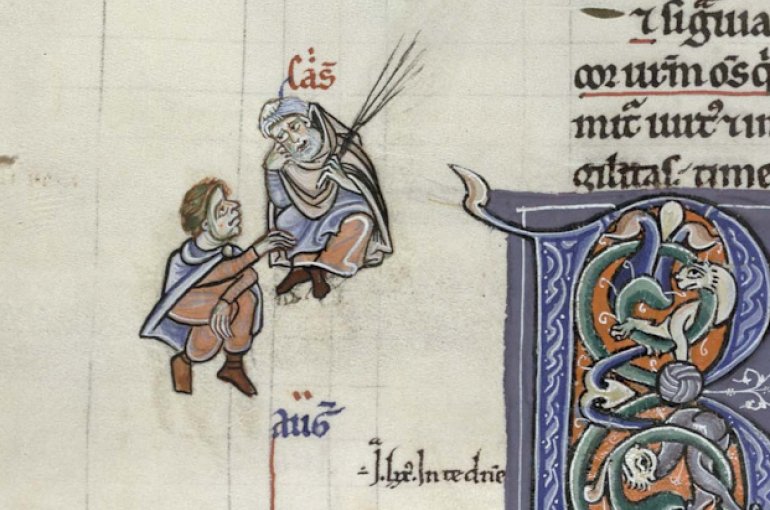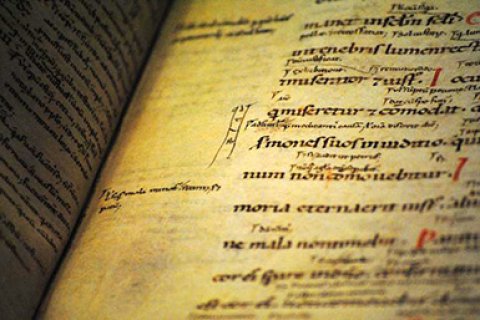Annotated manuscripts reveal medieval practices of reasoning

On 1 June the project ‘The Art of Reasoning: Techniques of Scientific Argumentation in the Medieval Latin West (400-1400)’ was launched. It discusses the practices of argumentation and reasoning from the early Middle Ages up to the period of the medieval universities, by examining annotations, commentaries and diagrams in medieval manuscripts. Prof. Mariken Teeuwen and Dr Irene van Renswoude have received a grant in the 2015 scheme ‘Vrije Competitie’ of the Netherlands Organisation for Scientific Research (NWO) for this project.
Mariken Teeuwen (Endowed Professor at Utrecht University, senior researcher at Huygens ING) is principal investigator, Irene van Renswoude (Huygens ING) is postdoc for a first project. For a second project there is a vacancy for a postdoc researcher (application deadline: 13 August 2016).
Hidden evidence of early medieval critical thinking
In the current grand narrative of the intellectual history of the Middle Ages, scholars only started to question received knowledge and think critically in the twelfth century, when the age of scholasticism created a new intellectual climate and universities were born. Yet the tools for thinking critically and challenging authorities have always been part of the intellectual world of the Middle Ages (and before).
Teeuwen and Van Renswoude argue that the misunderstanding is not only caused by lingering prejudices about the ‘Dark Ages’, but also by the hidden nature of the evidence. Whereas the tools of scientific argumentation of the twelfth and thirteenth centuries manifested themselves in the production of texts and new textual genres (sententiae, disputationes), in earlier ages they often took the shape of so-called paratexts: commentaries, marginal annotations, diagrams.

Voices in the margin
It is only in the last years that these paratexts have become visible to a larger audience of researchers. Before 2000, they were largely hidden in manuscript margins, now many of them are on free display in hundreds of online collections of digitized manuscripts, ready, for the first time, to be explored. From late Antiquity to the late Middle Ages, these voices in the margin are testimonies to a critical and scientific way of dealing with texts: versions are compared, passages that seem to be corrupt are marked, contrasting opinions are highlighted, confronted and discussed. In other words: the annotations offer a perspective on the intellectual culture of the Middle Ages that is much richer than previously assumed.
Evolution of scientific thinking
In 'The Art of Reasoning' these new sources will be explored from the perspective of the history of scholarly thinking. By studying both the period before the birth of the first universities and thereafter, the researchers will be able to offer a new view on the evolution of scientific thinking in the medieval Latin West. The annotations of both well-known medieval scholars and anonymous ones, of monks, masters, students and readers, will be their guide.

